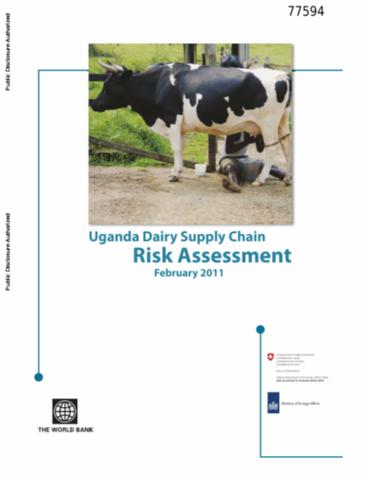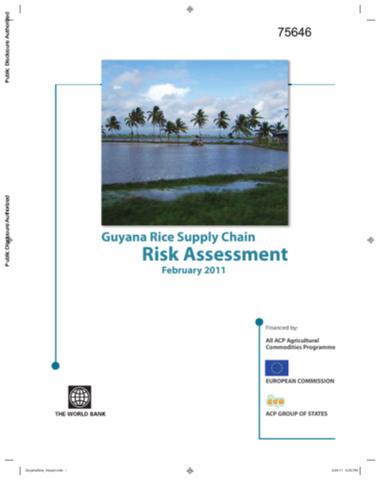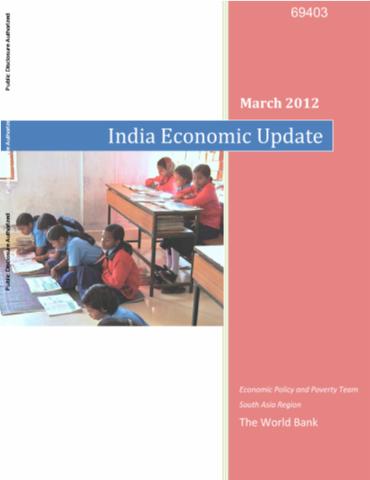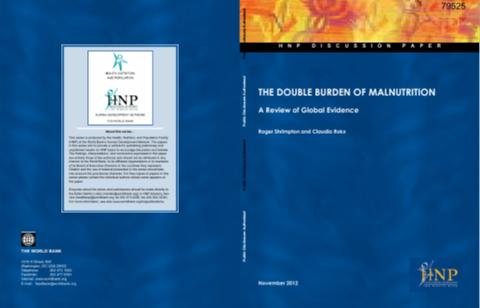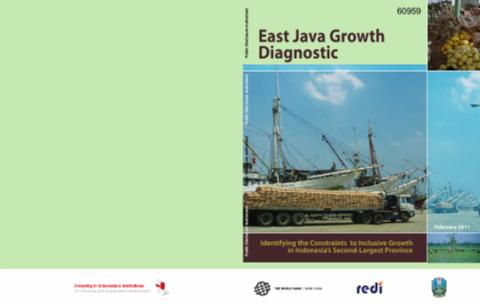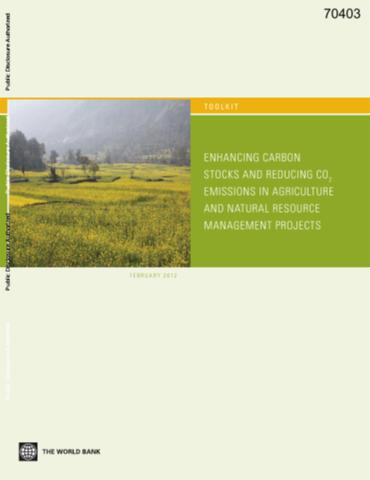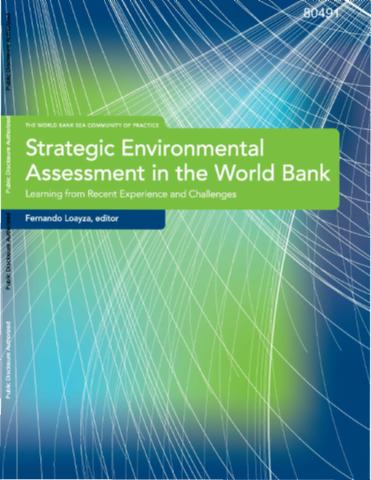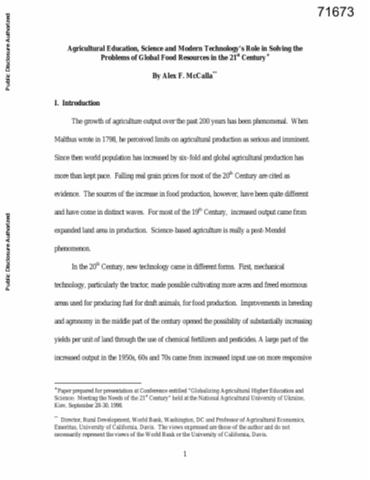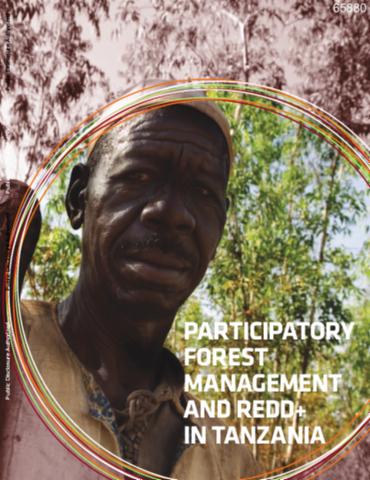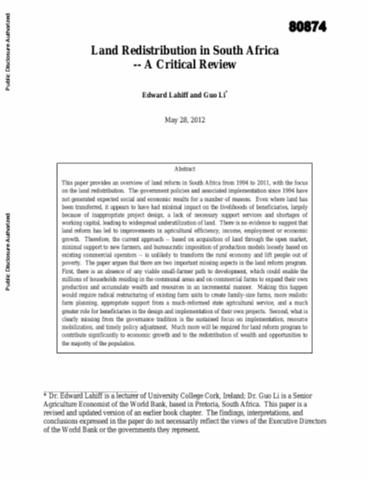Uganda Dairy Supply Chain Risk Assessment
Cattle are one of the main instruments for economic (e.g., milk, meat, and cattle sale) and social (e.g., marriage, death, dispute settlement, and gift giving) exchange in Uganda. They serve as the main source of livelihood for a large majority of rural Ugandans, especially in the cattle corridor. Recent statistics demonstrate that the livestock sector contributes 13.1 percent of the agricultural gross domestic product (GDP) and 5 percent of the national GDP.

